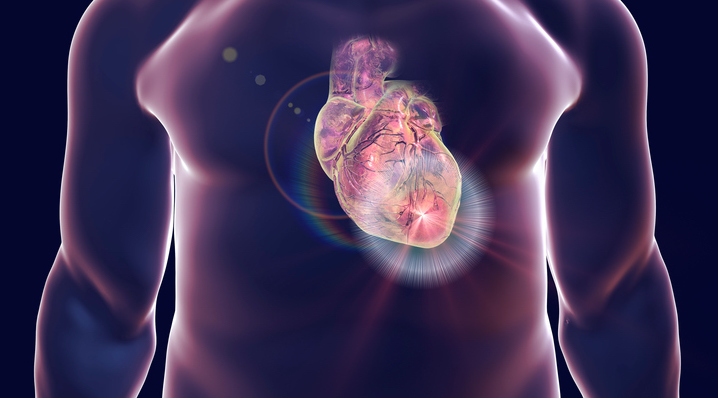Research into the causes of heart attack show that at least a third of cases of myocardial infarction in those under 65 years are not caused by typical atherothrombotic causes where plaque builds up in the arteries and causes blockages.
As reported in the Journal of the American College of Cardiology, researchers showed this finding was even more relevant in women who had a much lower incidence of atherothrombotic heart attack then men at 47% versus 75% of cases.
Women were more likely to have heart attack triggered by spontaneous coronary artery dissection (SCAD), embolism, and other conditions not related to atherosclerosis than men.
“This research shines a spotlight on heart attack causes that have historically been under-recognized, particularly in women,” said Claire Raphael, MBBS, PhD, an interventional cardiologist at Mayo Clinic and first author of the study, in a press statement.
“When the root cause of a heart attack is misunderstood, it can lead to treatments that are less effective—or even harmful.”
The current study aimed to assess the incidence of different causes of heart attack in men and women aged 65 years or younger in Olmsted County, Minnesota. Between 2003 and 2018, 4,116 myocardial infarctions, classified as a cardiac troponin T level in the 99th percentile, happened in 2,780 patients.
Less women had heart attacks, at 48 per 100,000 people versus 137 per 100,000 people in men. Non-atherothrombotic causes such as secondary heart attack (34% of cases—due to other causes like anemia), or SCAD (11% cases), were responsible for most heart attacks in women, as well as less common causes like embolism (two percent), vasospasm (three percent), or myocardial infarction with non-obstructed coronary arteries not meeting another category (three percent of cases—MINOCA-U).
SCAD almost primarily affects women, and the researchers note that many cases were missed and mistakenly classified as standard atherothrombotic heart attack, which can be dangerous.
“This can result in potential harm, such as from percutaneous intervention being performed in SCAD misdiagnosed as atherothrombosis,” write the authors.
“Diagnostic accuracy of the underlying mechanism of myocardial infarction requires meticulous scrutiny of the angiogram and is enhanced when undertaken by expert reviewers.”
In men, 75% of heart attacks were due to atherothrombotic causes, 19% to secondary myocardial infarction, 0.7% to SCAD, two percent to embolism, one percent to vasospasm, and two percent to MINOCA-U.
Overall, the riskiest type of heart attack to have was secondary myocardial infarction with a five-year mortality rate of 33%, with all other causes having a rate lower than 10%.
“These cause-specific findings have implications for individualized management and risk stratification and provide epidemiologic benchmarking for future studies,” conclude the authors.
“A deeper understanding of the population burden of individual pathophysiologic causes of MI is crucial for improved awareness and for assessing the impact of targeted interventions.”

